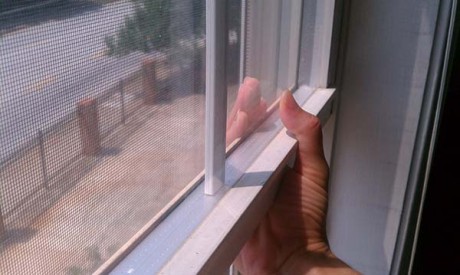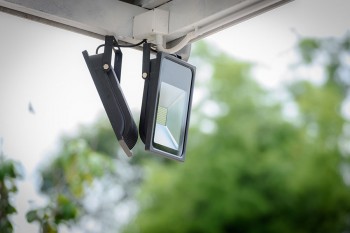Finding an energy-efficient rental
Q: I am living in a rental home with very high utility bills and plan to move soon. What can I do to make sure my next rental has more affordable bills?
A: This winter in North Carolina gave us record-breaking cold temperatures. It can often feel hopeless to rein in high utility bills and improve comfort when you don’t own the place where you live.
Being proactive is the best way to ensure affordable utility bills. When buying a new car, miles per gallon is a consideration in the long-term affordability of the vehicle. When you rent or purchase a home, ask the landlord, previous tenant or utility services what was spent on utilities in the last year so you can make an informed decision. Another option is asking neighbors who live in similar units about their annual utility expenses.
When walking through the apartment, take note of a few features:
- Heating and cooling — 30 to 50 percent of all household energy expenses are for heating and cooling. Newer systems are often better. Finding an Energy Star logo on the outdoor unit of a heat pump or a window air conditioner is a good sign.
- Windows — If they are single pane with metal frames, run for the hills. Look for double pane windows with wood or vinyl frames that close and latch securely. Storm windows over single pane windows are OK.
- Insulation — If the unit was built in the mid-1970’s or later, it probably has insulation, which will mean lower heating and cooling costs. Peek into the attic or crawlspace to confirm. Manufactured housing was routinely insulated starting in the mid-1990s.
- Water heating — The average U.S. household spends 18 percent of its energy costs on water heating. The U.S. Department of Energy recommends residential water heaters be set to 120 degrees Fahrenheit to maximize savings.
- Refrigerator — Open the door and look on the inside wall panels for the Energy Star logo. Knowing the approximate age or model number of the refrigerator will give you enough information to use the online Energy Star Refrigerator Calculator to find the annual cost of operation. Energy Star or even newer refrigerators can save you $10 to $100 per year.
- Dishwasher — Open the door and look for the Energy Star logo on the narrow top edge. If the dishwasher is from 1994 or prior, you could be paying $40 extra per year to operate this dinosaur.
- Washing machine — Front-load and top-load washing machines without an agitator are often Energy Star. They use four times less energy than those manufactured before 1999 and will save a substantial amount of water.
- Lighting — Look for fluorescent or LED lighting as opposed to incandescent bulbs that use three times more electricity and last for months rather than years.
- Water fixtures — Faucet efficiency measured in gallons per minute (GPM) is engraved on the rim of sink faucets and showerheads. 2.5 GPM showerheads and 1.5 GPM bathroom faucets meet current building codes but more efficient WaterSense-labeled fixtures are even better. Look on the underside of the toilet tank lid to see if it is ancient and uses 6 gallons per flush (GPF) as opposed to new toilets that use 1.6 GPF.
-
Share this story:




